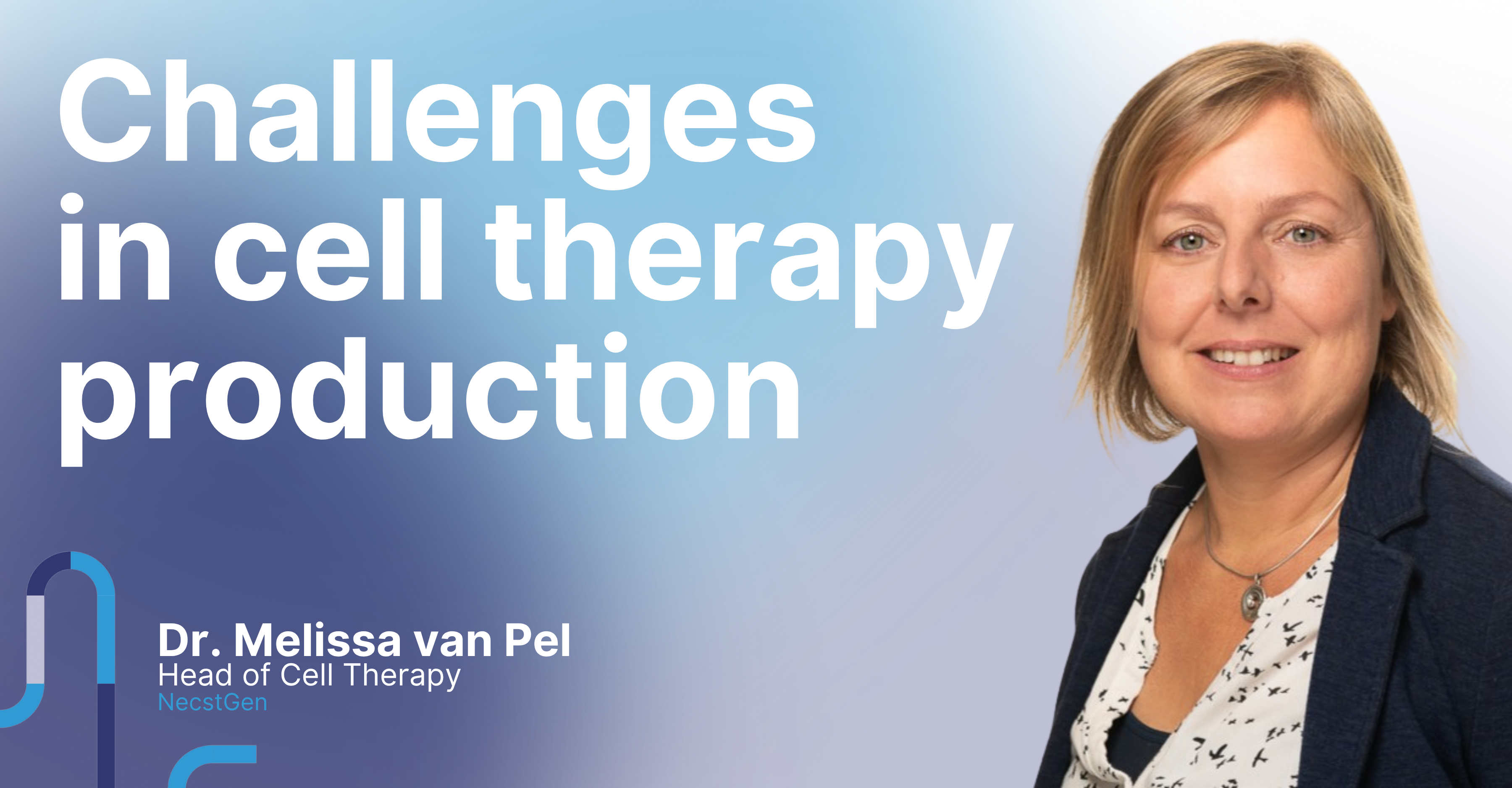
Challenges in cell therapy production
“Cell therapy like CAR T-cell therapy is actually still a relatively young discipline, having been in use for about ten years or so,” says Melissa van Pel, Head of Cell Therapy at NecstGen, a CDMO and Center of Excellence for Cell and Gene Therapies. The field is rapidly evolving and there are many challenges to overcome. Van Pel discusses the opportunities for change in cell therapy production.
“At NecstGen we are committed to bringing Cell and Gene Therapies to patients as efficiently as possible”, says Melissa van Pel. NecstGen is a non-profit CDMO organization owned by the Leiden University Medical Center (LUMC). “We don't make our own products; we are a mission driven service provider. We help other therapy developers, including academic therapy developers, small- and large pharmaceutical companies to bring their therapies to patients.”
Examples of Cell Therapies include pluripotent stem cells-derived therapies, but also CAR-T, TCR-T, and CAR-NK. These therapies are a form of immunotherapy in which typically a patient's own immune cells (such as T cells and NK cells) are genetically modified to better recognize and attack cancer cells. Furthermore, NecstGen does process development and clinical manufacture of viral vectors. These can be used to permanently introduce genetic material into cells. This is a powerful tool for creating genetically modified T cells in cancer therapy, such as CAR T and TCR-T.
"To produce this broad spectrum of cell types, we have a diverse team of colleagues with expertise in all these different cell types," says Van Pel. The work may take place in one of their 13 cleanrooms. "After transferring the manufacturing process into the cleanroom environment, we produce the therapy according to GMP regulations, at the desired scale and suitable for clinical use. After conducting various quality control tests and release by our qualified person, we send the cells to clinical sites where they are administered to the patient."
Open process or closed system
What are the challenges? Van Pel: “When you're manufacturing a cell therapy for an early-stage clinical trial, or you're working with very little material, it is often done on a small scale using an open process. This involves working in a biosafety cabinet in a grade B cleanroom, with for example culture flasks or sometimes multi-well plates. Although it's a very clean environment, the processes are open. They also require a lot of interventions, increasing the risk of contamination. One of the solutions is to transition to a closed process with everything being single-use material. Instead of using flasks or multi-well plates, cells can for instance be grown in bags connected with tubing, creating a semi-closed system. The more closed the system, the fewer required open operations and thus the lower the risk of contamination. Depending on the scale of production, the number of patients in a trial, and the requirements of the partners we're collaborating with, we can choose to further close and automate the process. But sometimes it's not possible. Some processes are so small that there's no suitable bioreactor or device because there are simply too few cells. Also, some procedures can't be performed in a closed system as there are no systems available for the actions that have to be performed during production.
Small-scale and large-scale
Van Pel indicates that in the past ten years, much more equipment has come onto the market to enable cell therapy production processes in closed systems. "But production processes for viral vectors or antibodies have been around for much longer. So, there's more experience in this field, and therefore many more standardized systems are available for these products. These are excellent closed systems, with optimal bioreactors coupled with tailored downstream equipment to further purify the biologic material."
In addition to the development of smaller-scale systems, Van Pel also sees a movement towards larger scale for cell therapy. "In addition to autologous material (the patient's own cells), allogeneic material (a foreign donor) is also being used more frequently these days. With allogeneic products, you can produce more cells and doses at once, which allows for economies of scale. You can produce different batches that can be administered to multiple patients.”
Partners of Single-Use Event 2025
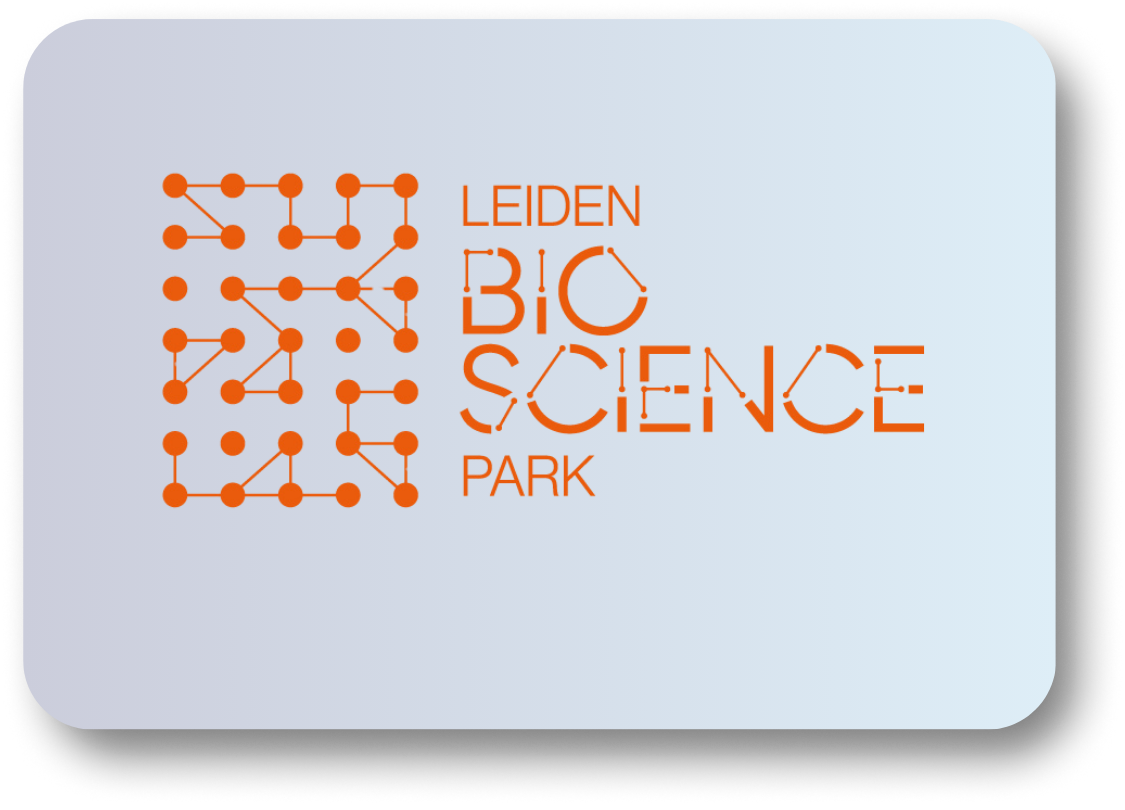

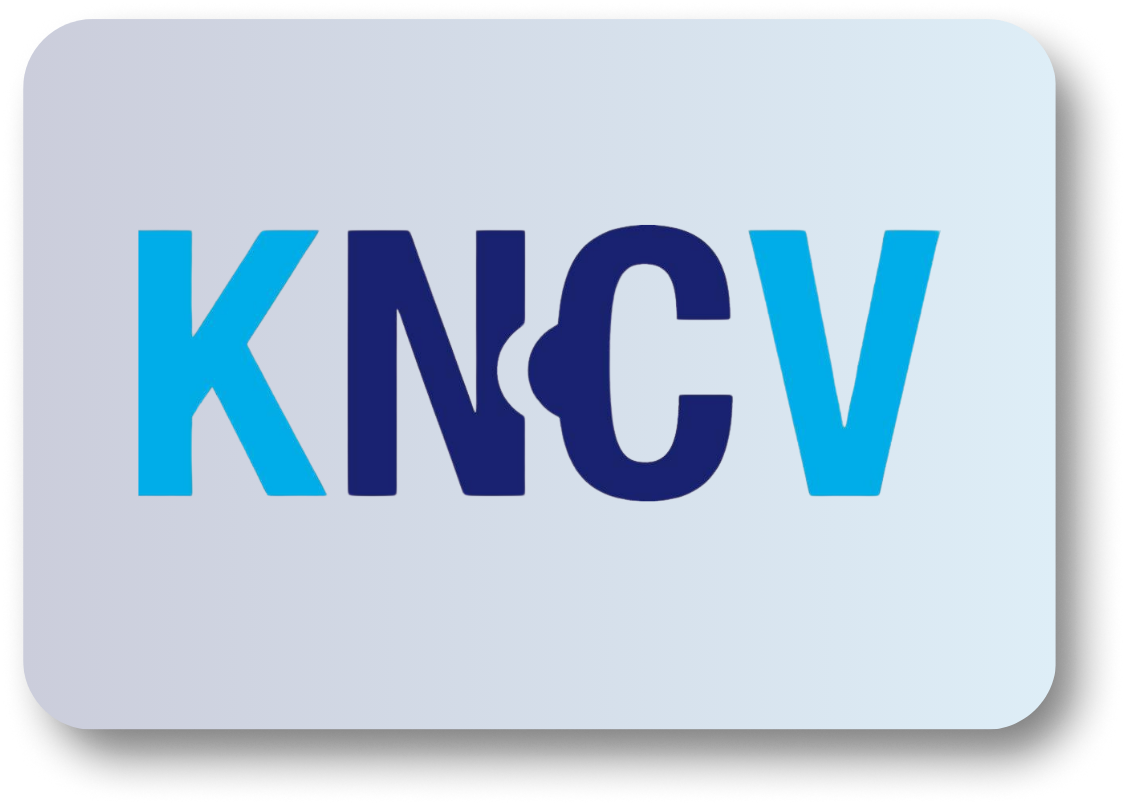
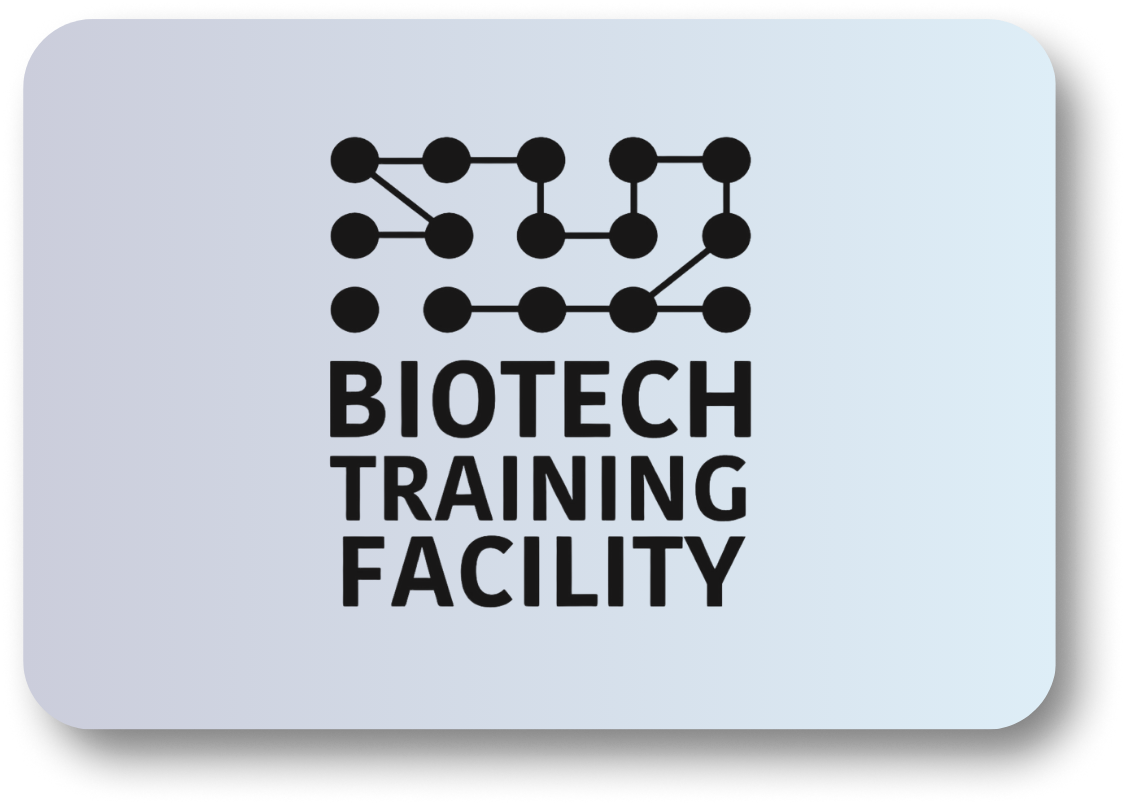
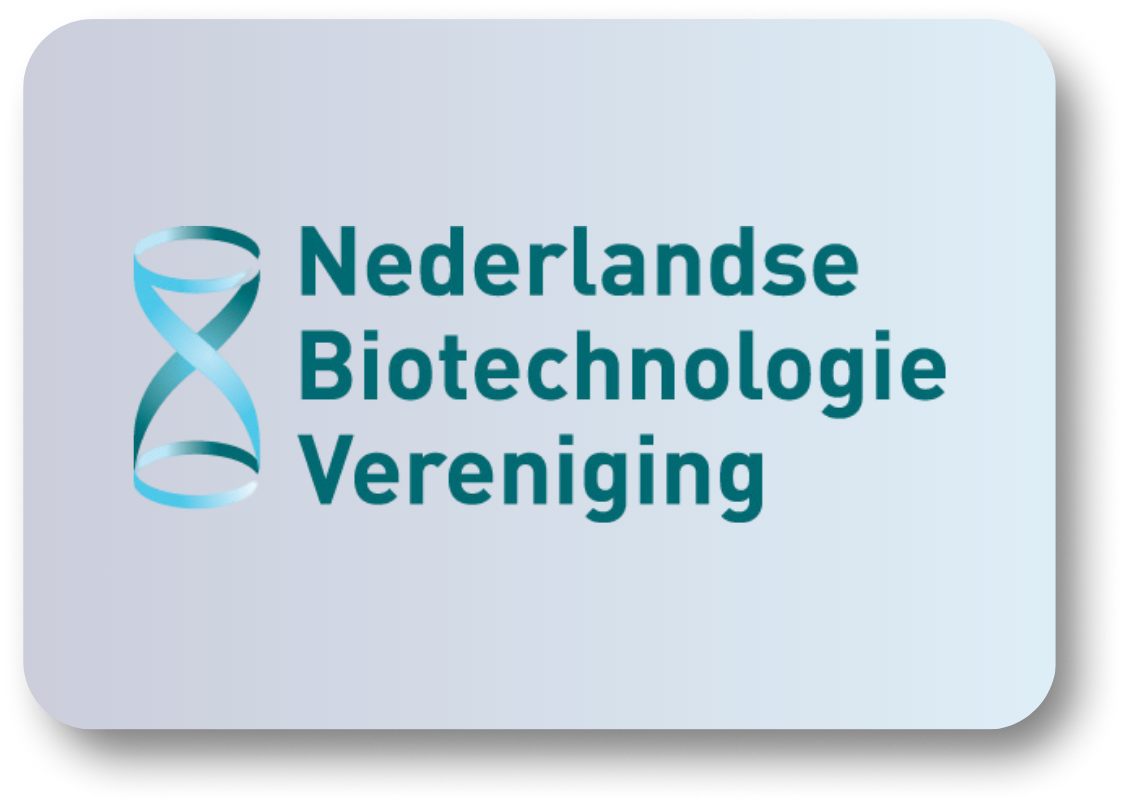
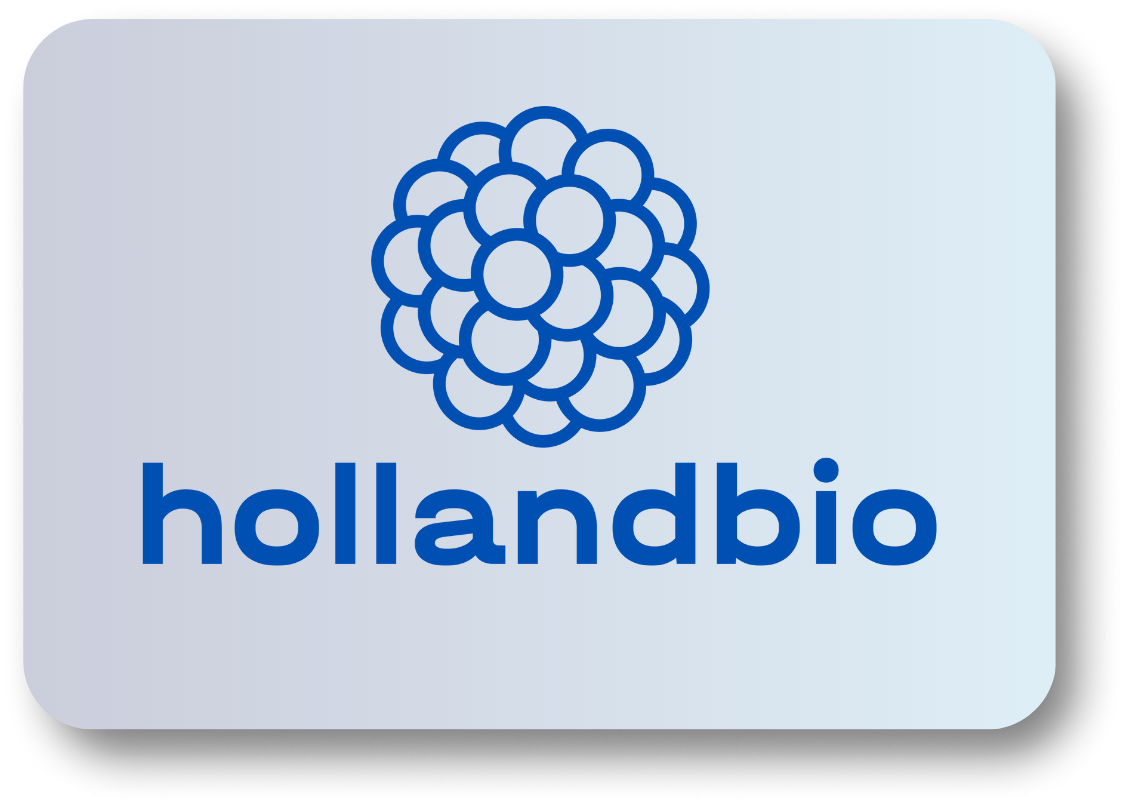
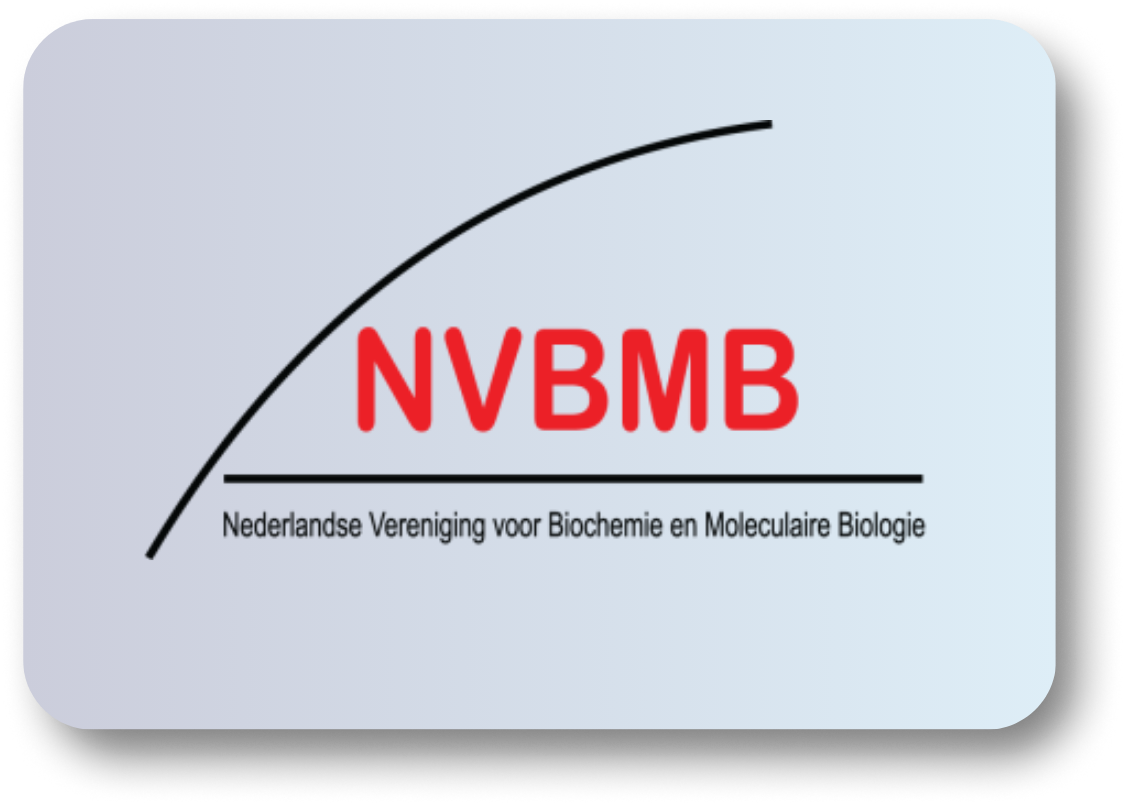
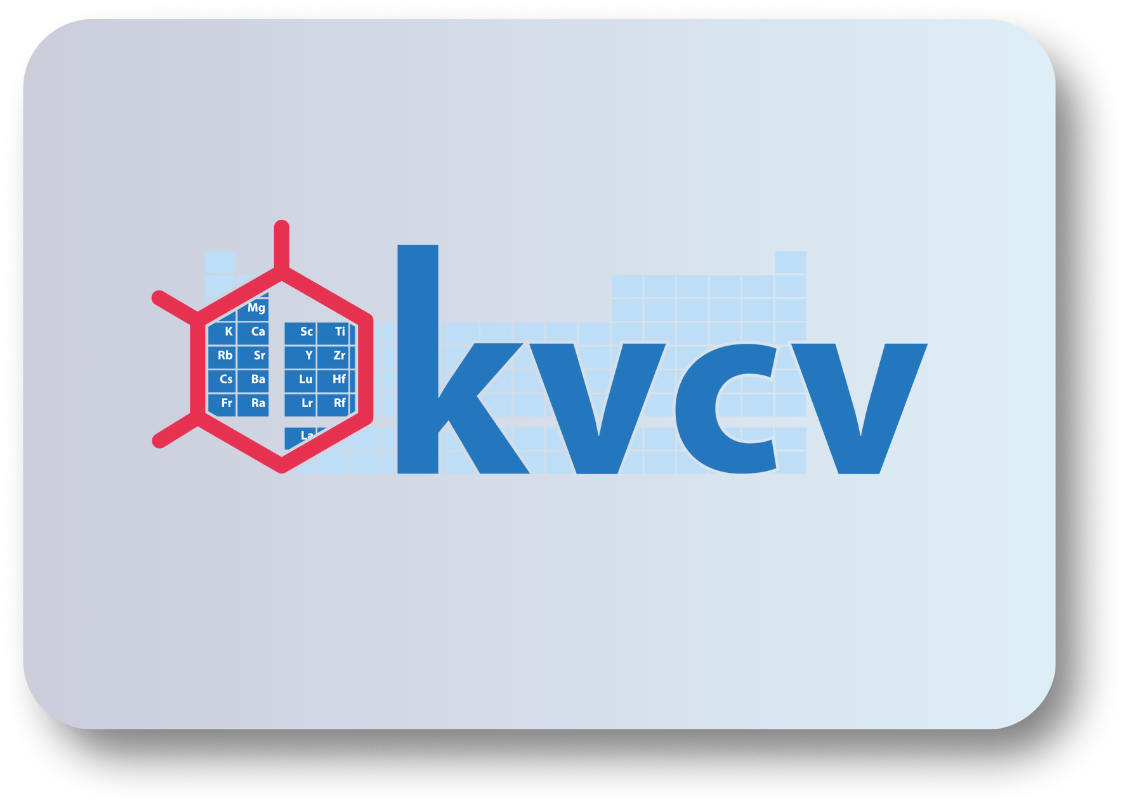


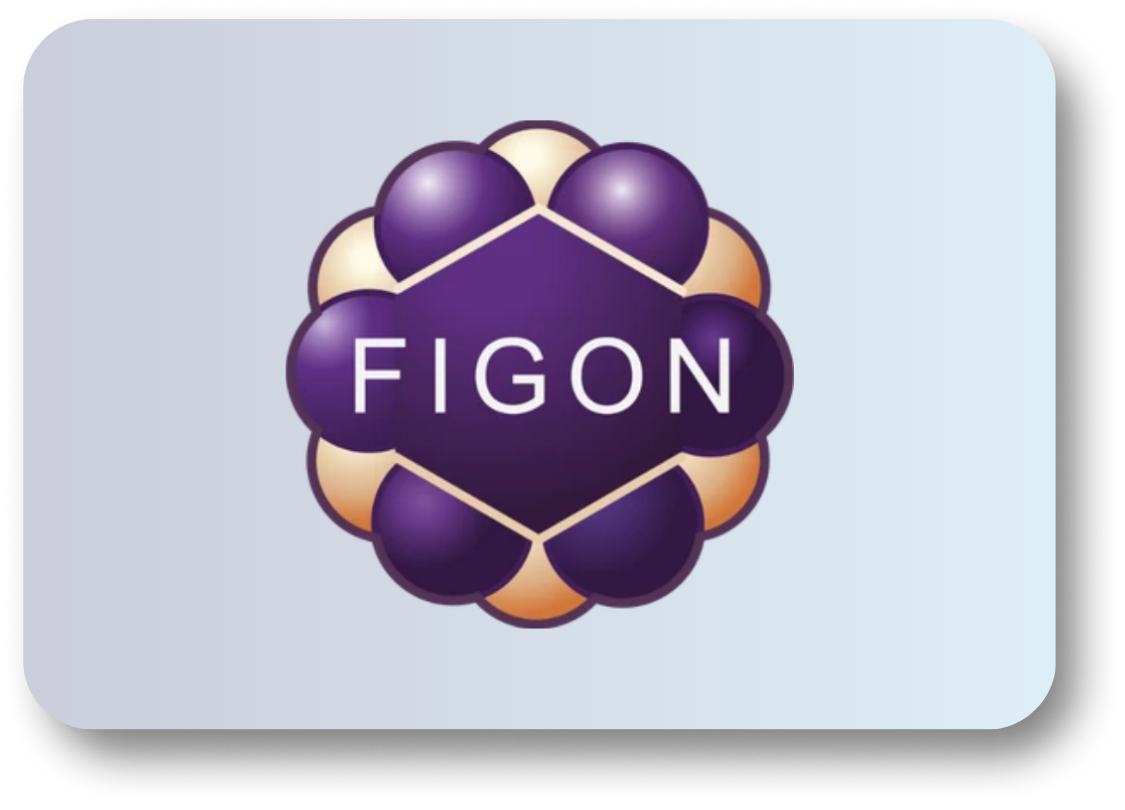
Single-Use Event 2025
 Registration website for Single-Use Event 2025
Registration website for Single-Use Event 2025Single-Use Event 2025marketing@aleapublishers.nl
Single-Use Event 2025marketing@aleapublishers.nlhttps://www.single-use.nu/159119
2025-09-16
2025-09-16
OfflineEventAttendanceMode
EventScheduled
Single-Use Event 2025Single-Use Event 20250.00EUROnlineOnly2019-01-01T00:00:00Z
To be announcedTo be announcedevent registration made easy
aanmelder.nl is the software partner for events.
Click here to discover the software.